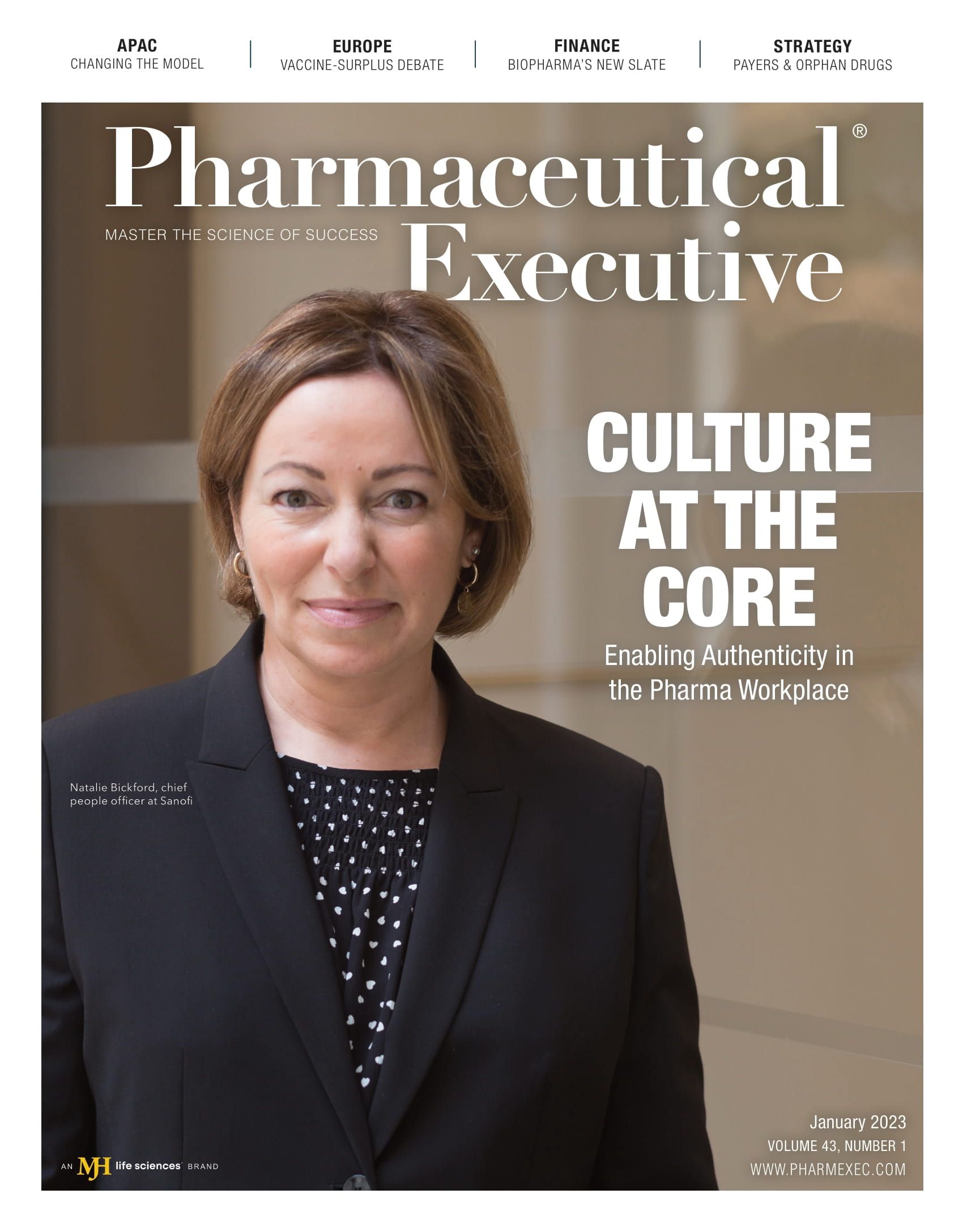Payer Key Business Factors for Orphan Product Launches
Supporting health plan clinical preparation and financial modeling.

Industry data suggests that orphan spend accounted for greater than 12% of total drug spend in 2020. As orphan drug approvals increase, it’s axiomatic that they will capture a growing share of the total drug spend.
With this trend putting its stamp on health plan economics, payers can be expected to gravitate to the 80/20 rule, where a growing concentration of costs involve a small percentage of drugs.
Indeed, one respondent I recently interviewed for a market research study noted that his organization has a separate unit responsible for orphan drug approvals, denials, and appeals.
This landscape dictates that orphan drug manufacturers align launch planning with payer needs on product launches. Comments below draw on recent discussions with payers to highlight their key business factors (KBFs), supporting the alignment theme.
Payer KBFs: Pre-launch
Indication. A term used for pre-launch discussion is “PIE,” or pre-approval information exchange. Providing information around the indication is one part of PIE. Payers’ reflexive concern is that an indication might be too broad and, at orphan prices, will instinctively think about limiting coverage to patients expected to benefit the most. The more manufacturers understand this issue from pre-launch discussions, the less risk for unanticipated restrictions after launch.
Disease education. A second part of PIE is disease education. Pharmacy decision-makers are almost certain to have little expertise on the orphan condition. As one respondent in a study put it: “The more I’m able to learn about the orphan disease in advance, the easier it is to start planning from a budget impact perspective and get an early start on pharmacy and therapeutics (P&T) review preparation.”
Distribution. The third main piece of pre-launch information for payers involves distribution. What issues stand out if the drug falls under the medical vs. pharmacy benefit? Are there unique aspects to the distribution model? Will it be limited distribution? If it is limited, plans will need an agreement with the specialty pharmacy provider before a drug claim can process.
Payer KBFs: Launch
Clinical data. Typically, a medical science liaison reviews trial design plus efficacy and any safety/side effect issues along with dosing and administration. It is at this point that the actual FDA label is discussed and questions addressed. It is also at this point that discussion of inclusion/exclusion criteria occurs and why they should not be part of the prior authorization criteria.
Pricing and contracting. At launch, the manufacturer tells the payer the price. If part of the business model, this is when the manufacturer also introduces contracting.
Two points bear emphasis. First, based on my conversations with payers, the priority is to have a simple rebate-lowering net cost rather than a more complex outcomes contract. Where outcomes contracting appears to meet payer needs is with one-time-only, million-dollar-plus treatments where, rather than the full payment, reimbursement is tied to well-defined outcomes over time.
Second, payers flinch at the “few lives have minimal impact” message. There are signs, for example, that health plans treat orphan products as one market basket. As a respondent put it, “When you look at orphan drugs as a single market basket, they’re having a huge impact. Probably the top 10 spend for pharmacy in general.”
Payer KBFs: Post-Launch
Health economics and outcomes research (HEOR). Payers want to see orphan manufacturers’ HEOR game plan. They’re also interested in seeing real-world evidence in future years.
Guideline updates. Guidelines vary in being authoritative. Evidence behind guidelines may not be top level. Language can be equivocal (“may” use). There can be a conflict of interest with a specialty society. There can also be an explosion of guidelines. Consequently, payers are likely to benefit from an expert, arms-length guideline review.
Closing Point
Payers need detail and data to support their own internal reviews and financial modeling. The more effectively manufacturers meet that standard, the more likely the two stakeholders will be on the same page at product launch.
Ira Studin, PhD, is the president of Stellar Managed Care Consulting. He can be reached at istudin@stellarmc.com.

Trump: 'Major Tariff' on Pharmaceuticals Coming Soon
Published: April 9th 2025 | Updated: April 9th 2025“We’re going to tariff our pharmaceuticals, and once we do that, they are going to come rushing back into our country," President Donald J. Trump said during a Tuesday night dinner in Washington.